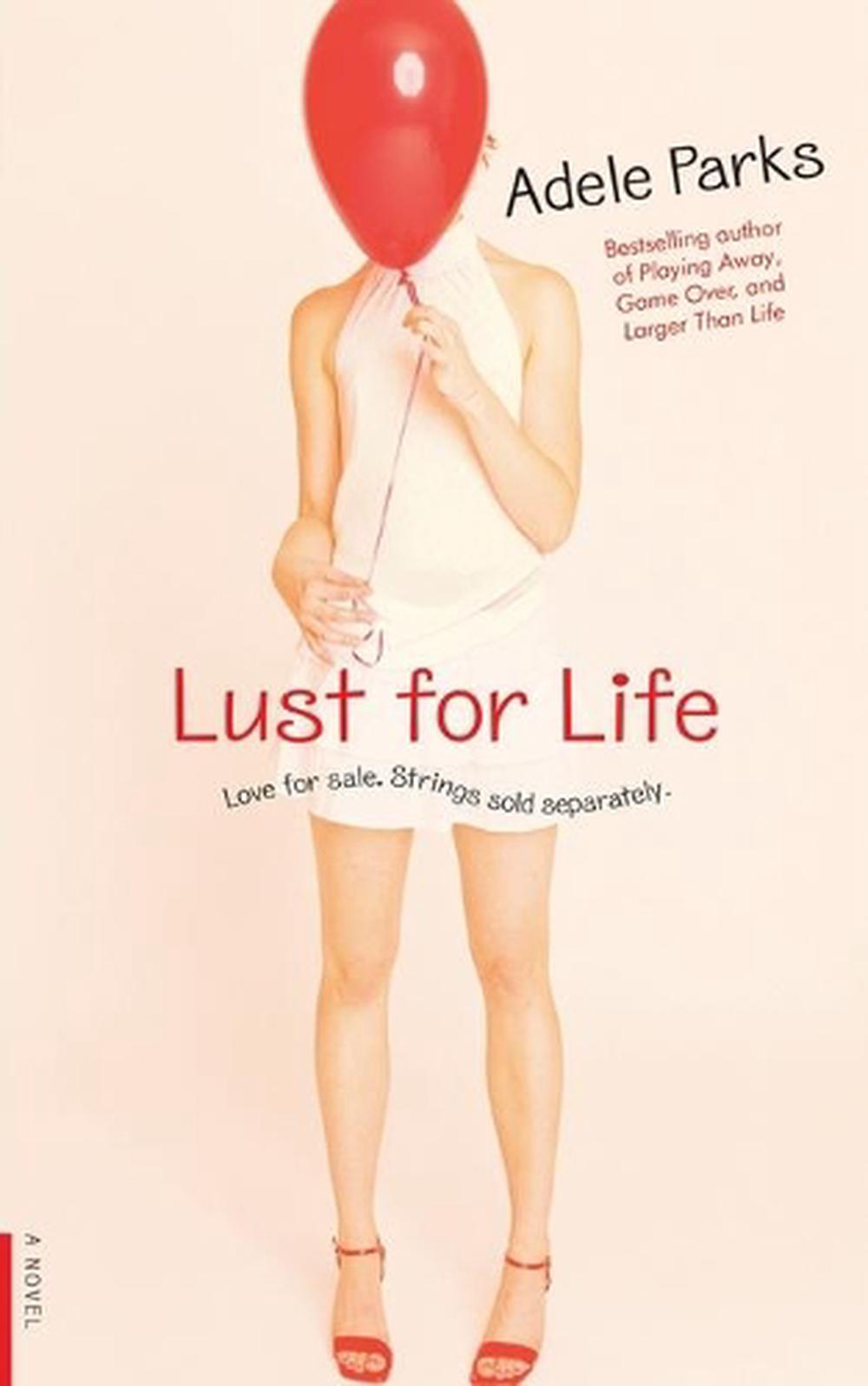
Firstly, the title is too kitsch and inapt for the story of the protagonist who ended his life at an age of 37.

The story is too tragic and the book is difficult to put down once you begin.īut the book is wanting on many fronts. Sadly, it was his death, followed by the poignant death of his brother Theo, that brought him the recognition and fame long overdue but unattainable during his lifetime. He then largely trains himself, supported by his brother Theo, working daily as an artist till the sun stroke in Arles makes him lose his mental sanity and he ends up at an asylum in St. During his evangelist assignment at Belgium, his faith in God gets shaken when he encounters the tough lives of coal mine workers where their lives are forsaken for cost savings and this pushes him to start his art career. Vincent became an artist after failed stints as an art-seller, teacher and minister. Stone has also brilliantly highlighted the art scene during the period, describing several artists who had come in contact with Vincent and their particular artistic style: Seurat’s scientific/intellectual approach Gauguin’s love of color and Rousseau’s imagination.

Seldom do you come across an interesting biography, but in this fictionalized biographical account of Vincent Van Gogh, Irving Stone has accomplished this feat, giving a fluent account of the artist’s life reconstructed from his letters to his brother Theo (approximately 700). There can hardly be a life more poignantly painful, solitary and misunderstood and an after-life more glorious. With more than 2,100 artworks (860 oil paintings and 1,300 watercolors, drawings, sketches) produced in just over a decade, but not even three-digit art works sold during his lifetime.

“Just as each vivid brushstroke elevates a Van Gogh masterpiece, every detail of our Wealth Management solutions has been finely crafted to raise banking to an art form.” – RBS Punchline (Van Gogh Preferred Banking)


 0 kommentar(er)
0 kommentar(er)
